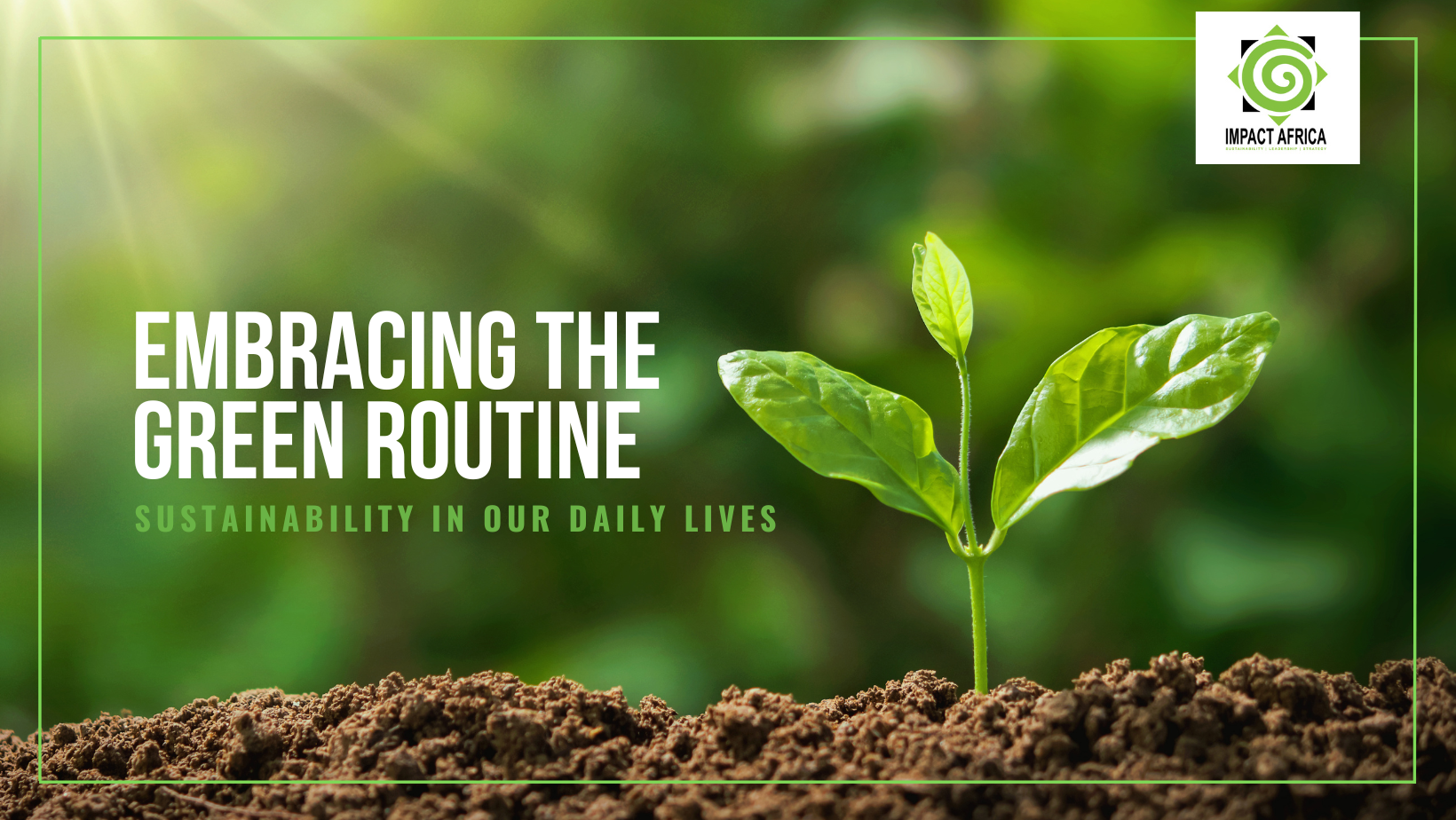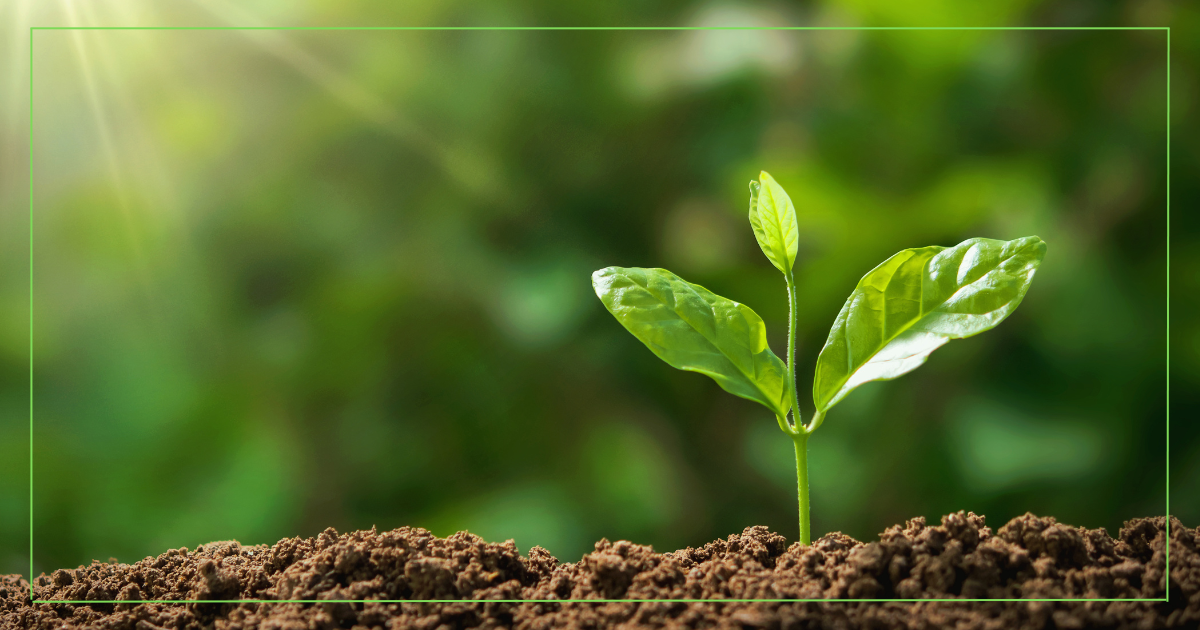 Do you live a sustainable lifestyle? We’ve spoken about what it means to be sustainable in business, but sustainability can become a lifestyle built around green habits and routines. Traditionally, when we look at lifestyles, we think about our food preferences, modes of transport, extracurriculars activities, or how much we’re willing to pay for an item. This is a valid assumption of the activities that make up how we live our lives, though we always forget the value of the ‘s’ in our ‘live(s)’- sustainability.
Do you live a sustainable lifestyle? We’ve spoken about what it means to be sustainable in business, but sustainability can become a lifestyle built around green habits and routines. Traditionally, when we look at lifestyles, we think about our food preferences, modes of transport, extracurriculars activities, or how much we’re willing to pay for an item. This is a valid assumption of the activities that make up how we live our lives, though we always forget the value of the ‘s’ in our ‘live(s)’- sustainability.
Taking steps to find tomorrow through today
Integrating sustainability into our lifestyles can have an incredible effect on our health, for instance; riding a bike to work can improve blood circulation in the body and promote joints health. It also helps us cultivate a ‘tomorrow through today’ attitude in managing our personal impacts, take for instance; a medium-sized car that runs on petrol produces 192g of CO2 per kilometre (Statista, 2023) while a bike only produces 21g of CO2 over the same distance (less emissions than walking!). For those who don’t see cycling as an option, there are green vehicles in the market that have automized internal systems to manage the amount of diesel burnt over certain distances and electric cars. Managing our footprints through adjusting our lifestyles doesn’t seem like such a large compromise from the norm when intentionality guides our respective strategies.
On a greater scale, our individual choices to embrace a green routine culminate in a massive impact on the world. Look at it this way: when you incorporate sustainable living into your everyday life, you equip yourself with the tools to not only manage your impact but also start a trend within your close circle of friends towards adopting sustainable lifestyle. As witnessed time and time again on social media and contemporary pop culture, when we transmit our habits via behavioural expression and engage with other members of the community, we can transfer the habit of a sustainable lifestyle amongst the relationships we have, resulting in a ripple effect into the greater environment. This eventually accelerates global efforts towards Net Zero because consumer demands and patterns shift to become more compatible with global sustainability agendas.
Sustainability begins at home? How to build a home in sustainability
Sustainability is a mindset that is reserved for all who depend on the environment and have an impact on the development of the community and other dependents around them. Before we can begin a culture of sustainability at the workplace or business operations, we must first cultivate sustainability at home. Sustainable living and impact-conscious habits are viewed as an under-reflection, yet high-value need for our societies to the extent that legislation in various countries has made it easier to make our daily lifestyles more sustainable. For instance, compared to occidental times, reusable shopping tote bags, green fashion, and water canisters are available and are just as convenient as disposable items of the same function.Infact, several African countries have banned the use of single-use plastic bags in a bid to curb environmental pollution
Realistically, like with any change, some challenges can make it difficult to adopt sustainability. With the rising cost of living and the high demands of everyday life…this can be a difficult change to make. Even so, there are minimalistic and inexpensive options that exist that can help empower this green transition and, in some cases, put money back into your wallet, e.g., managing the length of your showers, upcycling fruit and vegetable peels, buying second-hand clothes, regulating the number of trips taken in a private vehicle, buying from ethical brands and limiting the amount of water used to wash dishes per session. It all boils down to how we can manage our waste, our consumption, and how we can recycle.
Read more on minimalism: Minimalist Budget: 30 Days to Minimalism! By Tony Bennis.
You might have all the tools and access to alternative green resources and processes, but the problem could persist in the development of the routine itself. Think of why it can be hard for a foodaholic to regulate their consumption: outside of the intricacies of the symptoms involved, a habit is hard to stop. Adopting a green routine offers long-term benefits for you, your environment, and the community around you, so pulling ourselves out of the status quo is a conscious effort that requires consistency and impact awareness.
In closing, a sustainable lifestyle is within reach. With the above in mind and with the rapid development of technology, you can now further the development of a green routine through the convenience of the hand-held devices you have. Emerging tools such as online apps to measure your carbon footprint and calculate the portions of raw ingredients needed to make your meals to reduce waste Statista. (2023, February 6). Carbon footprint of travel per kilometer 2018, by transport mode. https://www.statista.com/statistics/1185559/carbon-footprint-of-travel-per-kilometer-by-mode-of-transport/




